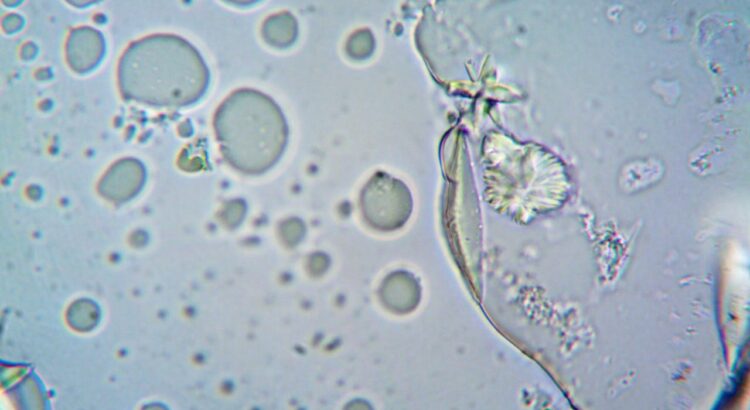Introduction
In silico modeling has emerged as a pivotal tool in scientific research, offering a virtual platform for simulations and analyses across various disciplines. This article will delve into the multifaceted role of in silico models, elucidating their significance in advancing our understanding of complex systems, from biological processes to environmental phenomena.
The Essence of In Silico Models
In silico models refer to computational models used to simulate biological, chemical, or physical processes. These models operate within the realm of computer simulations, providing a digital counterpart to in vivo (within living organisms) and in vitro (in laboratory settings) experiments. The fundamental advantage of in silico models lies in their ability to predict the behavior of complex systems under various conditions, without the constraints of real-world experimentation.
Applications in Drug Discovery and Development
One of the most prominent applications of in silico models is in the field of drug discovery and development. These models enable researchers to simulate the interactions between drugs and biological systems, predicting efficacy and potential side effects. This approach reduces the time and expenditure associated with traditional drug development processes, allowing for faster and more efficient identification of promising drug candidates.
Contributions to Understanding Disease Mechanisms
In silico models are instrumental in unraveling the complexities of disease mechanisms. By simulating the interactions at molecular and cellular levels, these models provide insights into the progression of diseases, identifying potential therapeutic targets. This is particularly valuable in the study of complex diseases like cancer, Alzheimer’s, and cardiovascular diseases, where the interplay of multiple factors complicates understanding and treatment.
Environmental and Ecological Modeling
Beyond biomedical sciences, in silico models play a crucial role in environmental and ecological studies. They are used to simulate and predict the impact of various factors like climate change, pollution, and land-use changes on ecosystems. These models are vital for developing strategies for environmental conservation, assessing the sustainability of natural resource management, and predicting the effects of environmental policies.
Enhancing Precision in Engineering and Design
In the field of engineering, in silico models are extensively used for design optimisation and testing. They allow engineers to simulate the performance of materials, structures, and systems under different conditions, leading to more precise and efficient designs. This not only saves resources but also ensures higher safety standards by predicting potential failures and weaknesses in design.
Challenges and Limitations
Despite their vast potential, in silico models face certain challenges and limitations. The accuracy of these models heavily depends on the quality of data and the algorithms used. Inaccuracies in data or oversimplified assumptions can lead to erroneous predictions. Additionally, the complexity of some systems may exceed current computational capabilities, limiting the scope of these models.
The Future of In Silico Modeling
The future of in silico modeling is promising, with ongoing advancements in computational power and algorithms. Integration with emerging technologies like artificial intelligence and machine learning is expected to enhance the predictive accuracy and efficiency of these models. As computational capabilities continue to grow, in silico models are set to become even more integral to scientific research and innovation.
Conclusion
In silico models represent a revolutionary tool in the scientific toolkit. Their ability to simulate complex systems has profound implications across various fields, from medicine to environmental science. While challenges remain, the continued evolution of computational technologies promises to expand the capabilities and applications of in silico models, paving the way for new discoveries and advancements in science.




